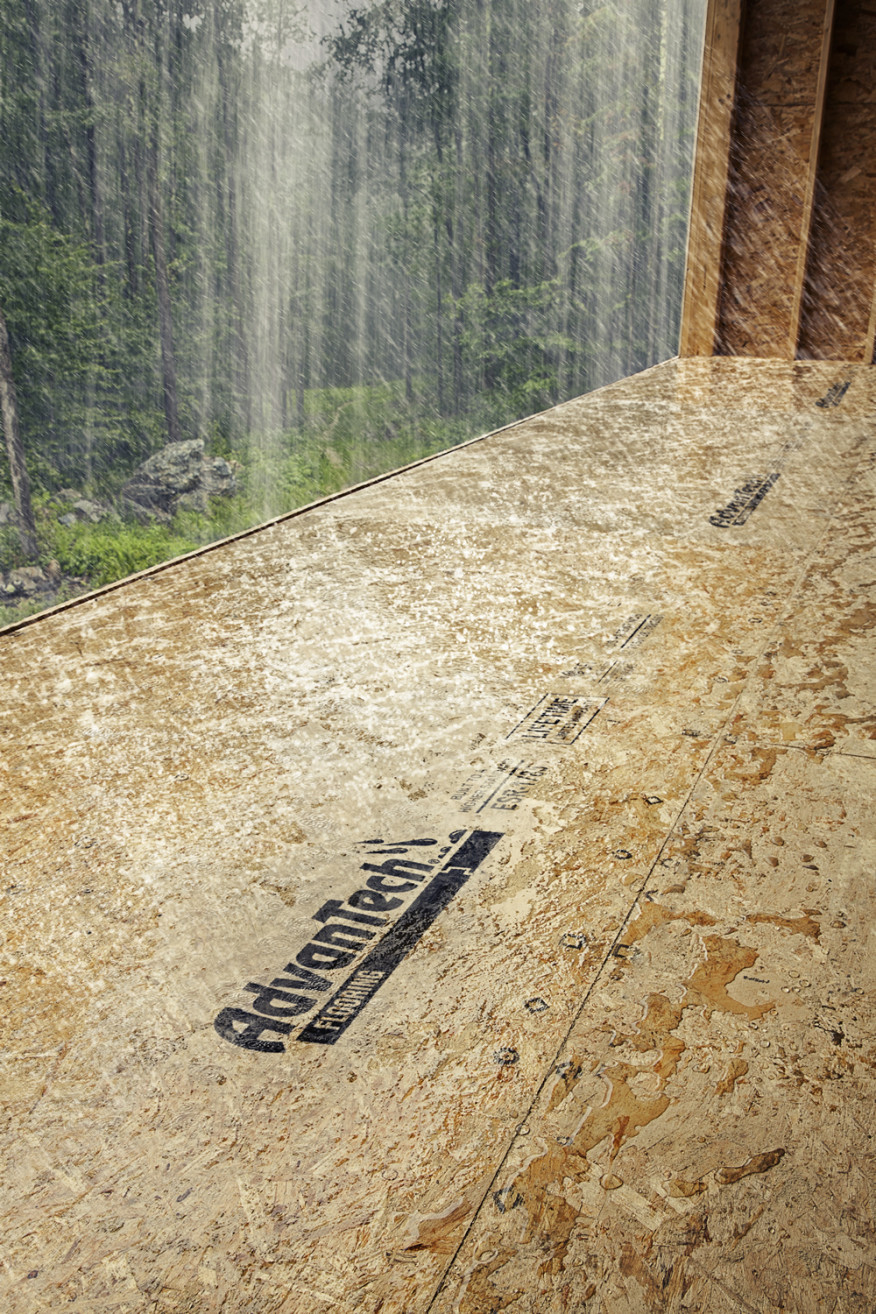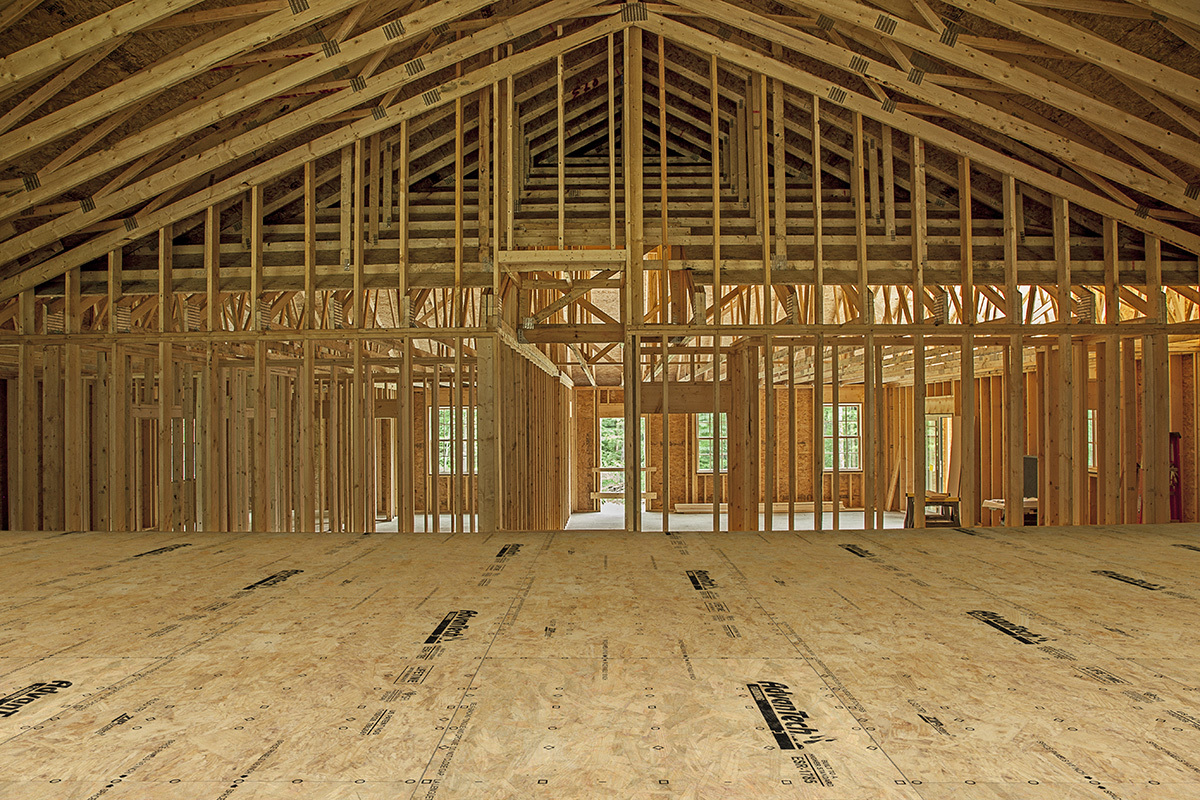
Seven Tips for a Solid, Quiet Subfloor
3 Min Read August 8, 2017
Squeaky floors are more than a nuisance… they are expensive to fix. Roy Reichow, President of National Wood Floor Consultants has over 40 years of experience in hardwood floor installation and claim remediation. He estimates it costs 4 to 5 times more money to remediate a squeaky floor than to build it right using proper materials and practices than to avoid squeaks in the first place.
High-end finished floors can be compromised when built on sub-par subflooring systems. Throwing down extra screws may seem to silence the squeaks on the job, but subfloor squeaks during construction are not just an indication of poor fastening. They can be evidence of a substrate that is not acting as strong and stiff as it needs to for long-term performance.
The subfloor panel is the “backbone” of the flooring system. The strength, stiffness and fastener-holding power of this component will affect just how much movement will occur above and below.
Squeaks are caused by movement—typically, deflection, or the up and down movement of panel on a joist. Uneven or bouncy subflooring from edge swell, loosened fasteners or simply weak panels can create air pockets between the subfloor and the floor covering that cause squeaks, or panel against fastener movement causing squeaks underneath flooring.
Seven Best Practices for Building a Subfloor
To help prevent squeaks, here are seven best practices to reduce the risk of loose fasteners and moisture infiltration—the true culprits behind the snap, crackle, pop and bounce of finished floors.
- Use trusses or I-joists instead of dimensional lumber
- Use screws instead of nails
- Glue the subfloor panels to the joists
- Full spread glue on hardwoods to subfloor
- Use thicker, longer floor coverings
- Add blocking to joists or trusses
- Upgrade subflooring to panels engineered to perform “above-code” in strength, stiffness and fastener holding, to reduce deflection
While none of these steps are required by code, industry experts like Roy Reichow believe using these best practices are some of the best ways to ensure strong panel-to-joist and hardwood-to-panel connections. Building to minimum standards without incorporating any of these upgrades can leave your job vulnerable to sanding and squeak-remediation delays or callbacks. The subfloor panel is the “backbone” of the flooring system. The strength, stiffness and fastener-holding power of this component will affect just how much movement will occur above and below. That’s why Roy says you can scrimp on some of these upgrades, but not all of them. And if you have to choose, a simple upgrade in subfloor quality is the most cost-effective way to go.

The Easy Upgrade: High-Performance Subflooring
Unlike traditional oriented strand board (OSB), AdvanTech subfloor panels are unique in their combination of high wood density and advanced resin technology. These two factors enhance their performance in many ways. With regard to eliminating squeaks, their greater density provides additional strength and allows the panels to grip hardwood fasteners more securely. Secondly, the next-generation resin recipe and advanced manufacturing processes result is subflooring that resists moisture so that swelling, flaking and sanding are simply a thing of the past. With superior holding performance and moisture resistance, pros can help eliminate the two most common causes of “squeak”: deflection and swelling.
In fact, AdvanTech subflooring is engineered specifically to perform above code standards as documented in ESR-1785 published by International Code Council’s Evaluation Services. AdvanTech subflooring has higher strength, stiffness and fastener-holding values than typical plywood and traditional OSB. This is important, because while subflooring may be an unseen material, subflooring has a huge impact on how high-end floors perform (i.e. feel and sound) over time.
Explore more from AdvanTech® Flooring, including products, contact information and articles about AdvanTech® Flooring.

